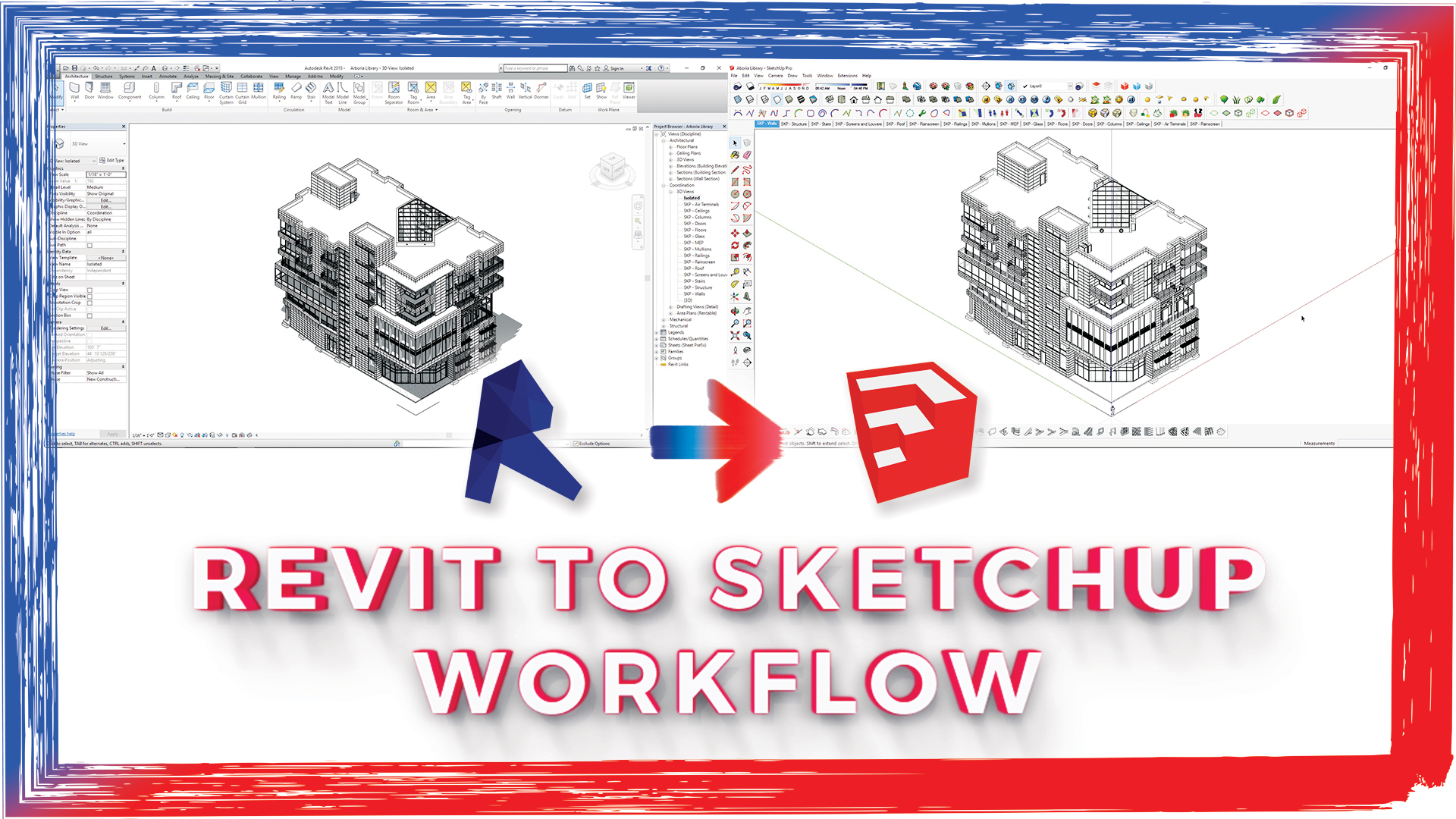
However, if you make changes in the Navisworks model, you can always export it again to the current project see description above. If you do changes in Revizto, they cannot be synced back to Navisworks. When a Revizto project is created, it is no longer connected with its original Navisworks model. If you need to review the details of export sheets click Select button and you will see the list of sheets. Then you will see the dialog box with several options for exporting and you can place checkmarks what you want to view in Revizto. Using this dialog, you can export the scene that is currently opened in Navisworks to Revizto. You can export the scene that is currently opened in Navisworks to Revizto by clicking the Export to Revizto button. Note: A Navisworks project must be opened for the Revizto Tools panel to be active. You need to check this option before importing a project to Navisworks from Revit or other software. Exporting from Navisworks to Revizto works correctly only with shared coordinates.
#Export revit to sketchup install
Revizto supports Navisworks Manage and Navisworks Simulate starting from version.Īfter you install Revizto, you can find the Revizto on the Navisworks menu. However, if you make changes in the Revit model, you can always perform a re-export to the current project.īy default, all materials will be exported to Revizto with their render appearance. If you make changes in Revizto, they cannot be synced back to Revit. Note: When a Revizto project is created, it is no longer connected with its original Revit model. If a sheet has already exported to Revizto and you deselect it during a new export, the old, unupdated version of the sheet will still be attached to the Revizto project. If you want to change a set of sheets for export you can do that by selecting and unselecting sheets in the sheet tree. If you choose a current project Revizto checks what sheets were already exported to this project and selects them in the sheet tree.

If you export to a new project all sheets in the sheet tree are selected by default and will be exported. Place checkmarks of what you want to view in Revizto. Then you will see the dialog box with several options for exporting. Using this dialog, you can export the scene that is currently opened in Revit to Revizto. Note: A Revit project must be opened for the Revizto Tools panel to be active. After you install Revizto, you can find the Revizto tab within the tabs of Revit or you will see it when you install Revit. Revizto supports all versions of Revit starting from except Revit LT. If the topo surface is left white, all of the lines that form the surface, including the subregions, are hidden, which means that any roads, sidewalks or other areas will not be visible in SketchUp.The difference is illustrated on the image. A downside to the DWG export is that subregions in topography are not separated from each other, which makes applying materials time consuming. This causes a large increase in the number of edges and faces, and geometry cannot be pushed and pulled, as neighboring faces are not joined. The geometry exported using the two plugins above is triangulated, and faces that share a common edge in Revit result in two edges that are very close together in SketchUp.Ī box that normally has 6 faces and 12 edges will have 12 faces and 30 edges. As mentioned above, there is a trade off between materials and editability when deciding on which method to use. Here is what the Revit example house looks like after the import.

Make sure you are in the 3D orthographic view when you export the model. Model appearance and geometry is identical to the previously mentioned plugin, while location and sun settings are preserved. Control Visual style, detail level and SketchUp file version is controlled by the exporter settings menu.

The SketchUp file is saved as version 8, to retain maximum compatibility. Model location is also not transferred in the export. Additional alterations made to textures, such as transparency, stain or tint are not carried over, as these features are not built-in to SketchUp.

The model is always exported with textures, and can be changed to shaded, hidden line or wireframe using the view styles in SketchUp. Two case studies are used to demonstrate the capability of both methods, and a comparison of geometry complexity and file size are included at the end of this tutorial. Exporting to DWG retains maximum editability while no materials are preserved. The first is by using a plugin, and the second is by exporting to a DWG file, then importing into SketchUp. There are two methods for transferring a model.
#Export revit to sketchup how to
This tutorial will show you how to export a Revit file to SketchUp.


 0 kommentar(er)
0 kommentar(er)
